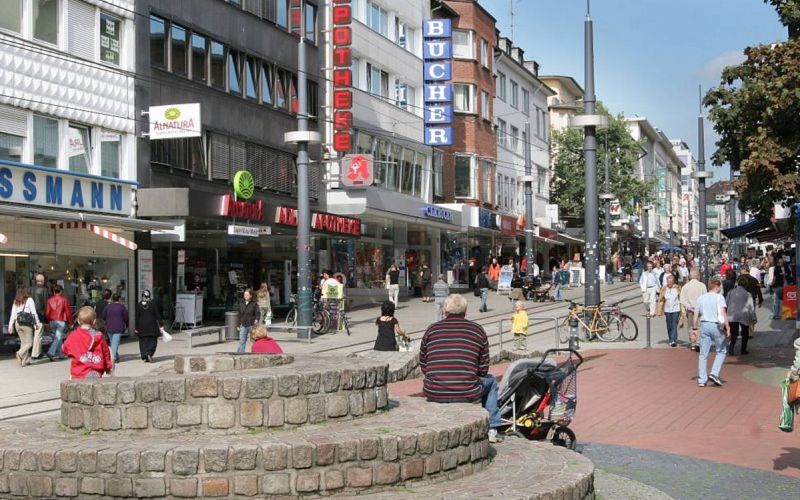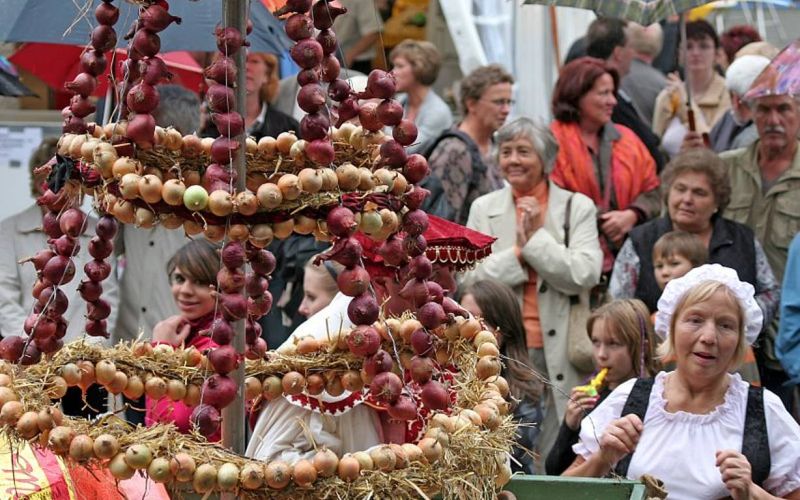History of Witten
Public records first mention Witten as a place name in 1214. However, there is also evidence going back to the year 851 for Herbede, which was to be incorporated into Witten in 1975. Awarded its own municipal rights in 1825, Witten has belonged to the Ennepe-Ruhr District since that local government reorganisation in the 1970s.
Strangers to Witten find it difficult to believe that this green town on the banks of the Ruhr also ranks as the “cradle of Ruhr industry”. Legend has it that, one day, a long time ago, a swineherd became fascinated by stones glowing in his campfire down Muttental way (Mutten Valley).
Yes, he had discovered coal, the economic significance of which was to make Witten a hub of the Ruhr mining industry by the mid 19th century. Today, Witten is a town full of contrast — topographically a little uneven, perhaps, but all the more interesting for it.
A medium-sized town which gives you a sense of the woodland countryside leading to the Bergische Land or the Sauerland but which also lies in the immediate vicinity of big cities such as Dortmund and Bochum. Either way, Witten with just under 100,000 inhabitants is the largest town in the Ennepe-Ruhr District.
Sightseeing attractions are …
Hohenstein Park with deer and boar enclosures, pets corner, sunbathing lawns, playing fields, nature trail and viewing tower high above the River Ruhr. The old hotel is currently under reconstruction, by the way. Lake Kemnade for boat trips, yacht & pedal boat hire, beach bar, places to eat and a swimming centre with open-air pool. Zeche Nachtigall (or Nightingale Colliery) and the Muttental Mining Trail (with a mine you can go down) combine as one anchor-point along the Industrial Heritage Route.
The Märkische Museum houses a unique collection of 20th century German paintings and graphic art. Plus a hoisting gear museum and other museums featuring the early history of mining in the Ruhr.




